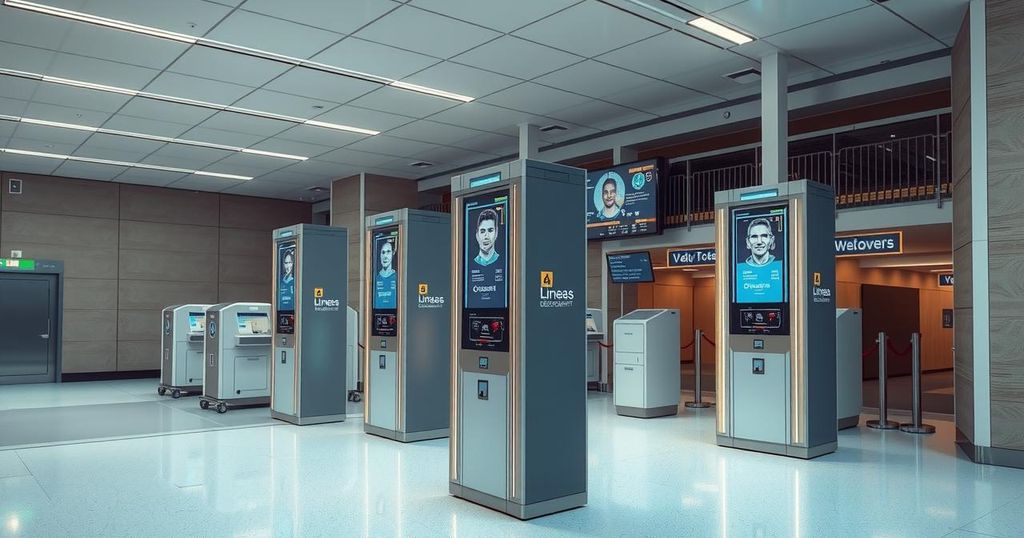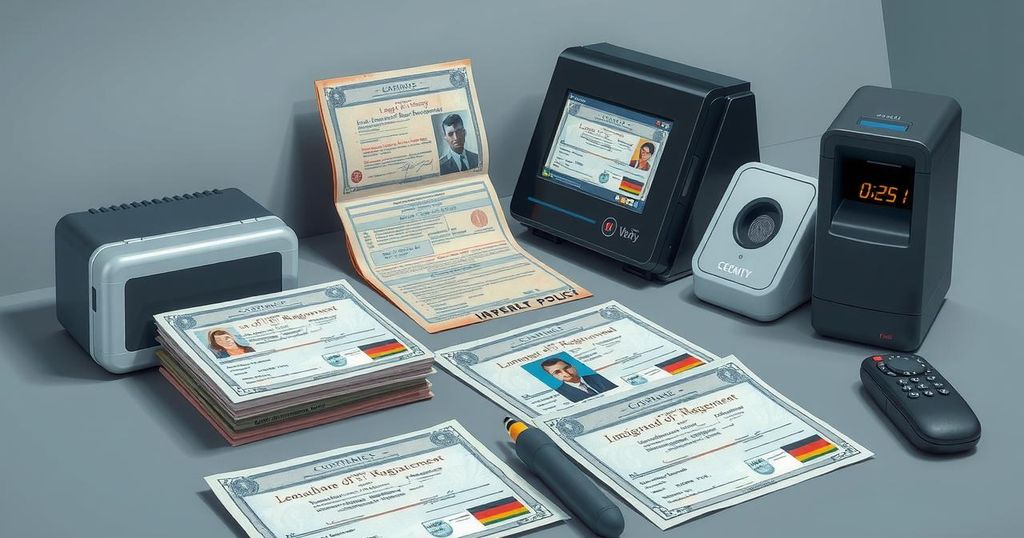House lawmakers plan to request a GAO review of TSA’s increasing use of facial recognition and AI technologies at airports. They aim to assess the cost savings, operational efficiency, and privacy protections related to these systems. The move follows TSA’s expansion of facial recognition technology to over 80 airports and ongoing scrutiny from Congress regarding its efficacy and safety.
The Transportation Security Administration (TSA) has broadened its deployment of facial recognition technology to over 80 airports in recent years. Focused on a review of TSA’s use of artificial intelligence and biometric technologies, House lawmakers are drafting a letter to the Government Accountability Office (GAO). This initiative is led by House Homeland Security Committee Chairman Mark Green and Rep. Carlos Gimenez, as they aim to evaluate the effectiveness and implications of TSA’s growing use of these technologies.
Green and Gimenez intend to highlight the cost-effectiveness of biometric systems compared to hiring additional personnel at airports. They also seek to understand how these technologies enhance TSA’s operational efficiency and verify their impact on improving passenger processing times. TSA officials claim that facial recognition has indeed expedited these processes without increasing staffing needs.
The lawmakers request that GAO analyze TSA’s privacy and data protection policies, particularly regarding data breaches and the handling of biometric information. Additionally, they want to compare TSA’s biometric applications with those of other agencies, like Customs and Border Protection, as well as international security organizations.
The review would also include a detailed projection of the long-term costs and operational benefits associated with expanding biometric technologies across TSA checkpoints. Moreover, GAO will assess TSA’s strategies for monitoring return on investment in these technologies to ensure ongoing cost-effectiveness and improvements in operations.
TSA began implementing facial recognition technology in select airports starting in 2022, using it to match travelers’ faces with their IDs in real-time at security checkpoints. The technology is integrated within TSA’s second-generation Credential Authentication Technology (CAT-2) systems, which are now present in 84 airports, with plans to extend to over 400 federalized airports in the future.
During a public address in December 2022, TSA Administrator David Pekoske claimed that the facial recognition systems are not only more reliable than manual matching but also ensure privacy by deleting traveler images immediately after their passage. Travelers are also given the option to opt out of using this technology.
However, some lawmakers remain skeptical of the TSA’s advancements in facial recognition. A bipartisan group of twelve senators recently urged for an audit of the program, expressing concerns regarding its efficacy and the complexities surrounding opt-out procedures for travelers. They emphasized that widespread deployment could occur without a comprehensive evaluation of the technology’s accuracy or privacy safeguards.
In addition to facial recognition, TSA is exploring artificial intelligence applications for luggage screening. Pekoske mentioned potential developments in AI technology that could help identify a broader array of prohibited items hidden within baggage. This initiative aims to enhance TSA’s ability to screen for various threats more comprehensively.
The initiative by House lawmakers to request a GAO review of TSA’s biometric and AI technologies underscores the growing scrutiny of facial recognition in airport security. The evaluation will focus on cost-effectiveness, operational efficiency, privacy measures, and comparisons with other security agencies. Furthermore, as TSA advances its technology capabilities, ongoing transparency and oversight remain essential to address privacy concerns and ensure passenger confidence.
Original Source: federalnewsnetwork.com









